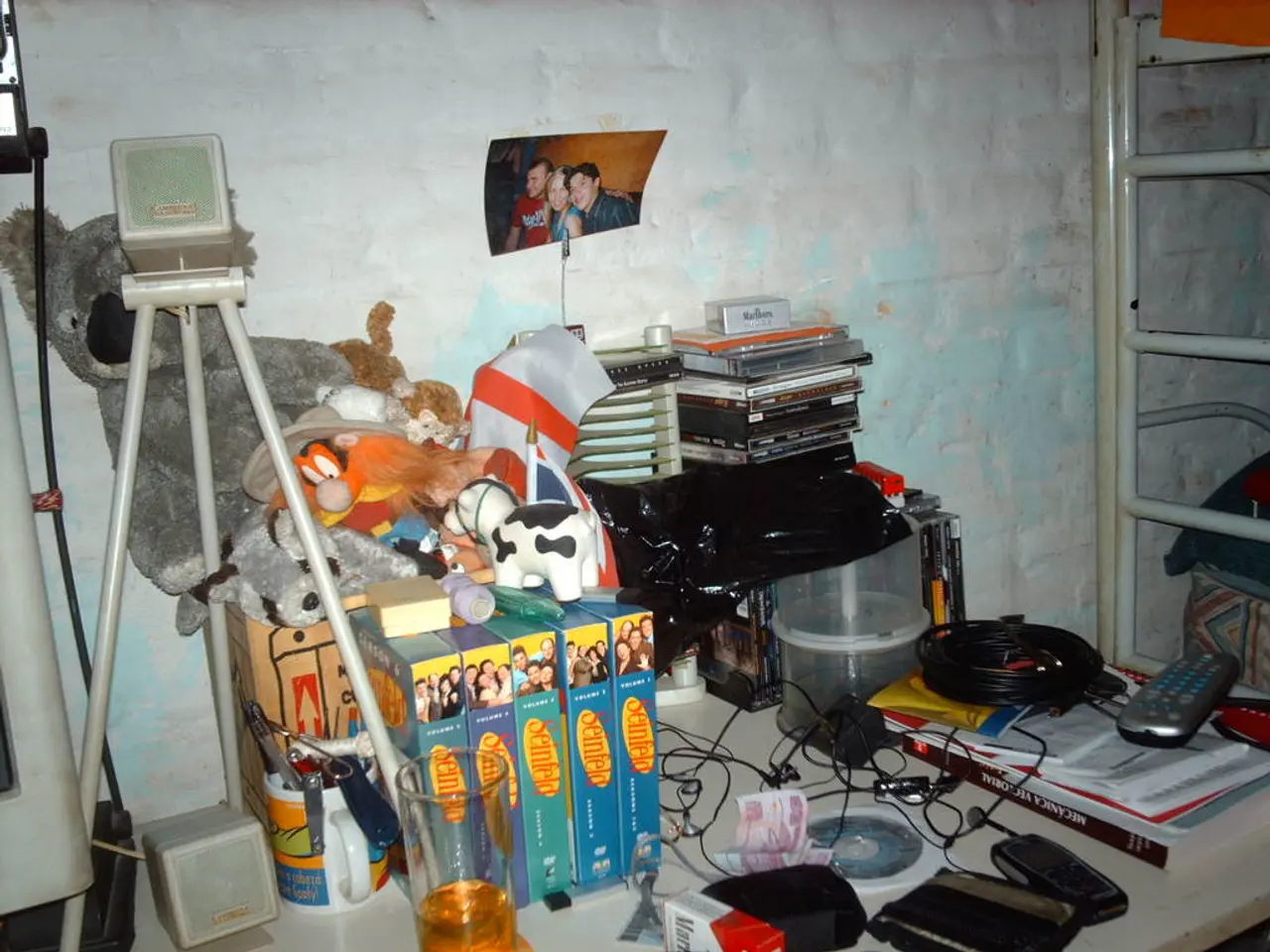Unveiling the Upgraded Scratch 3.0
The Lifelong Kindergarten group at the MIT Media Lab has unveiled a new version of the popular creative coding platform for kids, named Scratch 3.0. This visual, block-based programming platform has been designed to make coding accessible and enjoyable for children and beginners, enabling them to create interactive stories, games, and animations with ease.
Key Features of Scratch 3.0
Scratch 3.0 boasts a user-friendly drag-and-drop interface that simplifies programming concepts, making coding accessible across all ages. The platform offers a rich library of images, sounds, and characters, along with the ability to upload custom media for personalized projects.
A robust online community encourages learning and creativity, providing a platform for sharing, feedback, and collaboration. Scratch 3.0 fosters educational benefits by fostering coding, math, and logical thinking skills in both classroom and informal settings.
Cross-platform accessibility is a key strength of Scratch 3.0, with compatibility on devices like tablets, computers, and specific apps, including Scratch for Mac (macOS 10.13+), Android (8.0+), and a dedicated offline editor for desktops.
Integration with External Hardware
Scratch 3.0 expands interactive project possibilities by integrating with external hardware such as LEGO robotics and microcontrollers through supported extensions. This allows users to bring their creations to life in a tangible way.
Compatibility and Accessibility
Scratch 3.0 has been built on HTML5, enabling it to run smoothly on a broad range of modern devices and browsers without needing Flash support. It is officially available on Windows, macOS (10.13 or later), Android 8.0 or higher, and tablets, ensuring broad accessibility.
Additional Features
Scratch 3.0 offers an offline version for use without internet connection, and it includes full coding curricula from Raspberry Pi Code Club, Google CS First, and the ScratchEd Creative Computing Curriculum Guide. The platform also supports continuous updates with UI enhancements, accessibility improvements, and bug fixes to improve user experience.
Scratch 3.0 includes extensions for Lego robotics, Makey Makey, micro:bit, Google Translate, and Amazon Text-to-Speech, enhancing its accessibility for a wider range of users.
Conclusion
Scratch 3.0 is a significant step forward in making coding accessible and enjoyable for children. With its updated technology stack, new features, and cross-platform compatibility, it offers a platform that encourages creativity, learning, and accessibility, making it well-suited for both home and educational use.
The Scratch 3.0 platform, designed for kids and beginners, fosters education and self-development through its integration with various technologies such as Lego robotics and coding curricula from Raspberry Pi, Google CS First, and ScratchEd Creative Computing Curriculum Guide. This technology-based education tool is accessible across multiple platforms, including computing devices and specific apps like Scratch for Mac, Android, and a dedicated offline editor, all built on an HTML5 framework. The curriculum offered in Scratch 3.0 focuses on coding, math, and logical thinking skills, making it suitable for both classroom and informal settings.




